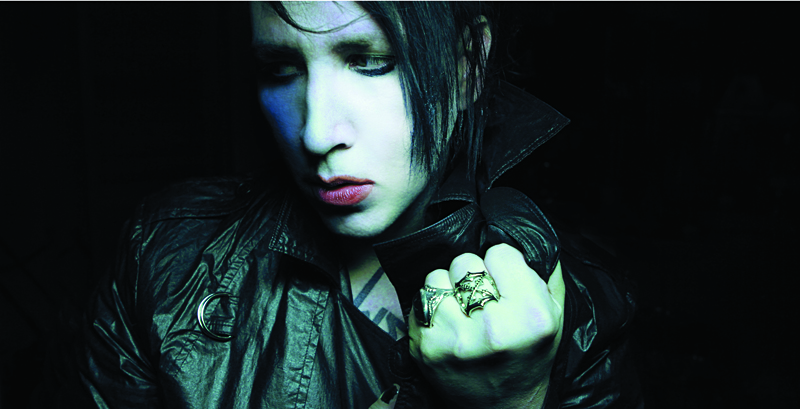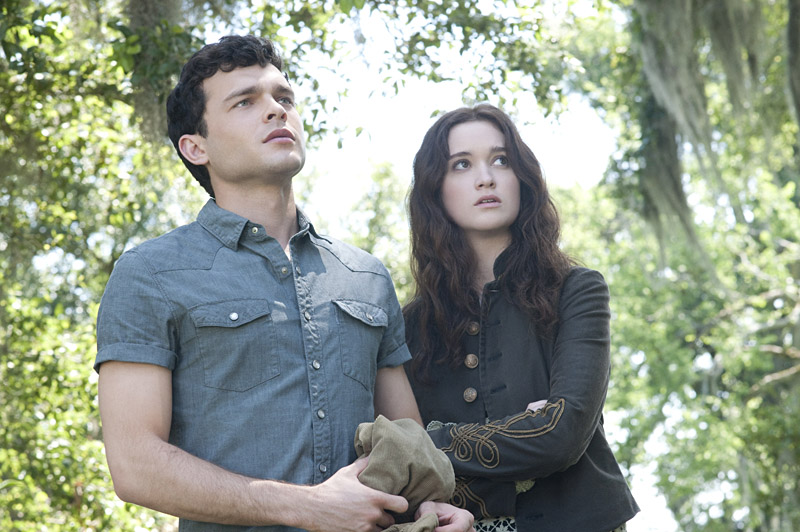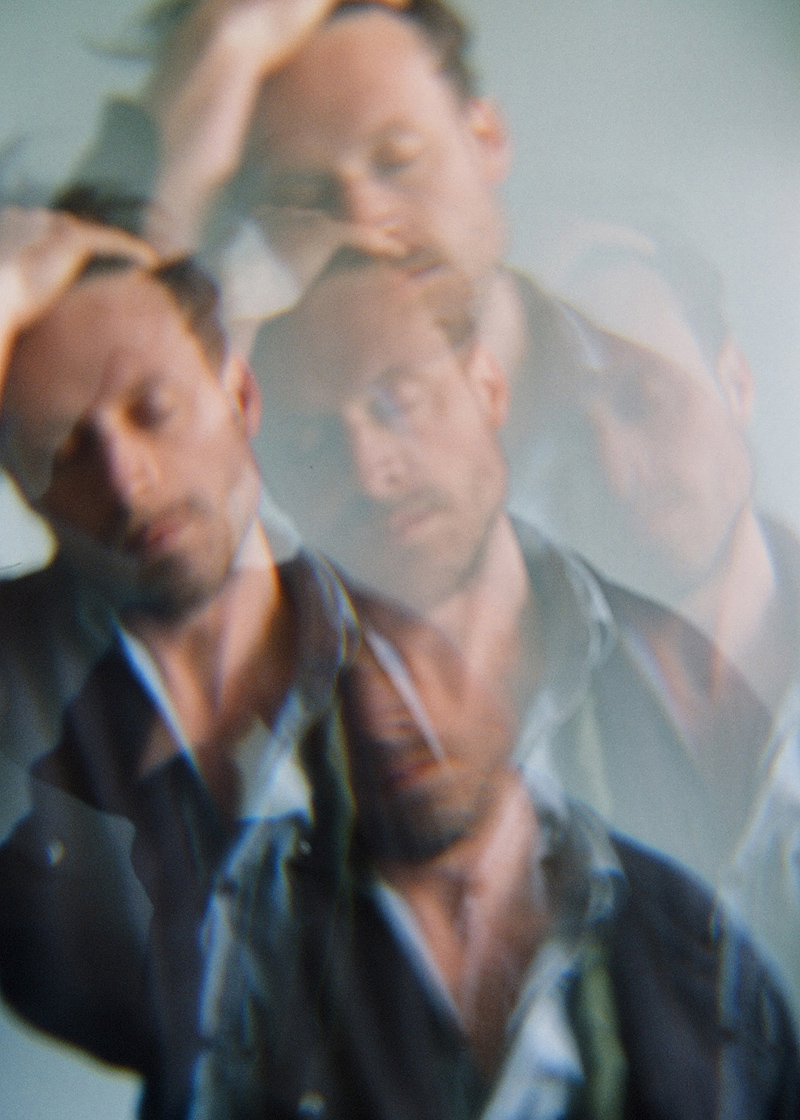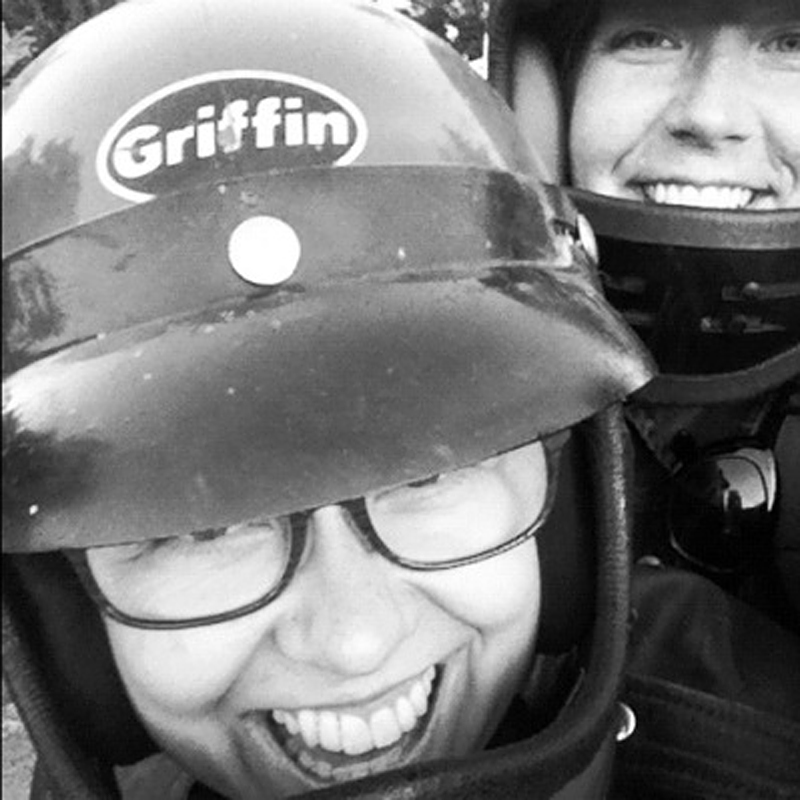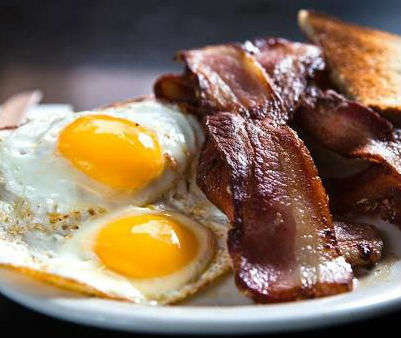In the spring of 1995, I was still a resident of the middlest part of middle America, Fargo, North Dakota. Despite what Chuck Klosterman may have led you to believe, Fargo was not much of a “Rock City.” When a bill of Danzig, Marilyn Manson, and a little band breaking their touring cherry called Korn came to town, the musically deprived clamored to get their fix. Manson had been filling the space once occupied by hair bands in post-grunge-era metal mags, and his antics and creepy, Reznor-influenced Portrait of an American Family emanated a fertile, haunting weirdness, unlike other music meant to be hard or edgy at the time. Naturally I was intrigued.When Manson took the stage—painted, jockstrapped, and filled with the furious, unbridled energy only the rawest of bands can convey—every adult in the room was overtaken by pure fear. The burly bouncers I’d seen toss in some extra ear cotton and shrug off Pantera months earlier turned pale and slack-jawed two songs into Manson’s set, visibly shaken to their core.We kids, living within the Midwestern moral confines Marilyn sang about, drank it like fine wine. One could only feel for poor Glenn Danzig, a spooky punk pioneer with the seminal Misfits, who had to get onstage every night after Manson had screamed “White trash, get down on your knees/Time for cake and sodomy,” knowing it made “Dirty Black Summer” sound like Hootie and the Blowfish’s “Hold My Hand.”Artistic subversion dates back to the beginnings of art itself. Meant to influence ideas and shift culture, it’s sometimes wrapped in hearts and flowers, sometimes hidden in subtext. In the case of Brian Hugh Warner, aka Marilyn Manson—a child of the ’80s raised on Pat Robertson, Ronald Reagan, and, if his own legend, documented in his 1998 autobiography The Long Hard Road out of Hell, is to be believed, a sadistically pervy grandpa—it’s a celebrated, unabashed neon beacon.Mr. Warner conceived his alter ego to invoke pop-culture infamy at its most extreme with the full intention of scaring minds open. Drawing from cinema, his earliest records reference the work of Kenneth Anger, John Waters, and David Lynch (with whom he’d later collaborate musically and visually), all of whom challenge social and cultural norms through fear and subversion. The concept, of course, has been applied to music before—as Alice Cooper would be quick to remind you—and has certainly been long invoked by those who wish to blame society’s ills on art and its creators.For all her Madonnaisms, Lady Gaga is certainly in equal part Marilyn Manson. Her Little Monsters are akin to Manson’s Spooky Kids, and she borrows from his subversive imagery but sugarcoats her messages in songs like “Poker Face,” forcing soccer moms unknowingly to sing about lesbian fantasies while driving their kids to school. Manson overtook his predecessors in that there was no sugarcoating his bitter pill; seen live, there is no question his power is not based in shtick.Before M2, if you to wanted make rock-‘n’-roll musicians evil, you had hunt for Satan in their initials, play their records backward, or point to the reactions of their female fans as a sign of their lascivious power. With a band like KISS, who took a huge amount of flack for being “evil”—though their lyrical themes differ little from the Beach Boys’—the biggest threat was that your daughter might get eaten out by a demon. With Manson, she might actually be eaten by one.From the start, Manson’s message was clear: He hated what he perceived as the hypocrisy of Christianity and its impact on middle-class society, and he was going to take all the power bestowed on him to change it. Though this idea had existed on the fringes of true Scandinavian black metal, Marilyn insisted on taking it mainstream. Remarkably, he accomplished this in a top-40 way, selling millions of records. He succeeded in becoming the “Antichrist Superstar” Brian Hugh Warner had dreamed of being. He had in fact come for your daughter—and was now taking her to the VMAs in an ass-baring chain-mail dress.An equal-opportunity offender, once in its thrall he slashed fame, money, and the press with the same razor he’d applied to the bourgeoisie, forecasting our reality-star society on Mechanical Animals years before it took hold. Given what we now know about gun violence in schools, the Catholic Church, the Kardashians, and Honey Boo-Boo . . . maybe we should have listened harder. Mr. Manson was not to be denied.This would also, of course, ultimately be his undoing. The target Manson had spent years carving, Iggy Pop–style, on his chest would be hit hardest when he was offered up as a media sacrifice for the incomprehensible violence at Columbine High School. What those poor, misguided kids missed in Manson’s message is that your voice can be as powerful as any weapon. Our world would be a much different place had those kids made the choice to truly imitate their hero, walked into Walmart, and bought a guitar.music@seattleweekly.com
In the spring of 1995, I was still a resident of the
